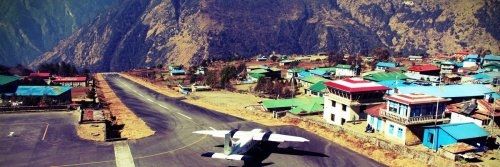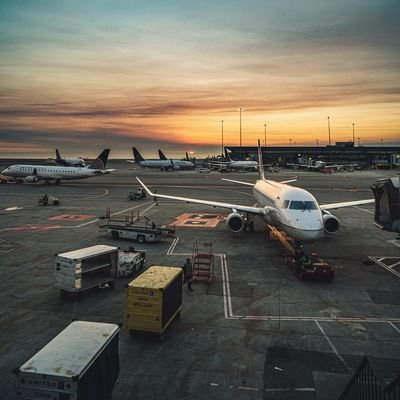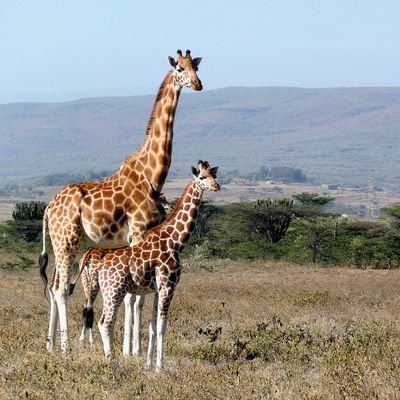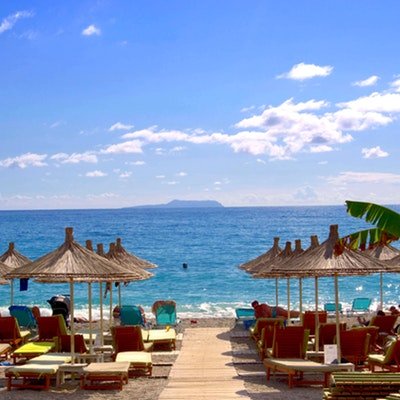5 Airlines To Be Wary Of
Holy cow! I thought as I thumbed through my Skyscanner app, hoping to score cheap airfare from Chicago to Ho Chi Minh City.
Roundtrip airfare to Vietnam for just $700?!
This was the deal of the century. I got out my credit card and was about to click through to the payment page, when a sinking realization stopped me in my tracks.
This refreshingly affordable journey could only be made if I was willing to fly with – eep – Korean Air. (Korean Air, AKA Korean National Airlines, AKA KAL, AKA the airline responsible for some 16 plane crashes and 700 deaths in the last quarter of the 20th century).
After doing some research I discovered that Korean Air has worked hard to improve its safety rating, overhauled its entire operations system, and do just about everything in its power to become one of the safest airlines in the world. In fact, Korean Air beat out 100 other airlines to be ranked first in the world for aviation safety standards in a 2008 critique by the ICAO.
But I still couldn’t book the flight.
I also refused to fly Yeti Airlines in Nepal on recommendations from fearful-looking locals, and Lao Airlines in Laos because of its 3/7 safety rating on AirlineRatings.com.
Am I paranoid?
Probably. But the only thing worse in my book than death by fiery plane crash, is death by fiery plane crash accompanied by regretful thoughts like “I knew I shouldn’t have flown Tailspin Airlines!”
Whether you’re a Nervous Nancy like me, or one of those “flying is safer than driving” types, here are a few airlines you should probably avoid either way.
Tara Air (Nepal)
To their credit, Tara Air services some of the most dangerous, remote areas of Nepal, making accidents and mishaps that much more likely to occur. But 3 major accidents and 19 deaths in just 6 years of operation? I’m no good at math, but those odds don’t sound very promising.
Nepal Airlines
Poor Nepal. Air safety just isn’t her strong suit. Nepal Airlines gets an abysmal one star (out of a possible 7) on AirlineRatings.com, and their accident record reads like a never-ending laundry list of unfortunate disasters. Two recent crashes, one in 2013 and another in 2014, make it clear that hiking Everest is not the most dangerous activity one can partake in in Nepal.
Kam Air (Afghanistan)
104 people killed in 2005. A bomb threat in 2009. Aircrafts being flown at 25,000 pounds over their weight limit. If you’re in the market for a flight to Afghanistan, Kam Air probably shouldn’t be your first (or second, or seventh) choice.
SCAT Airlines (Kazakhstan)
I don’t know what’s worse – the death of 21 people onboard Flight 760 in 2013, or the fact that an SCAT Boeing 737 exploded while parked at the gate at Aktau Airport in 2015. The fact that both incidents were so recent does not help this airline’s cause.
Lion Air (Indonesia)
It’s hard to say what’s scarier; crashing to your death on a Lion Air flight, or surviving a Lion Air flight with serious injuries and a case of PTSD. Not only have there been 25 deaths since 2004; passengers on Lion Air flights have been treated to all sorts of terrifying shenanigans, including pilots missing the runway, bounced landings (boing!), and one plane crashing into a cow. (No passengers were injured. The cow, unfortunately, did not survive despite numerous attempts at resuscitation).
Now, I don’t want to be a fear monger-er, so let’s put all of these fatalities, injuries, and livestock collisions into perspective. According to USA Today, there are 1.27 deaths for every 100 million vehicle miles travelled, and 0 deaths for every 100 million air miles travelled. That means air travel, at least in comparison to travelling by car, is super-duper safe statistically speaking.
So go ahead and book that cheaper flight with Korean Air. According to the data, you most likely will not end up on the bottom of the ocean, and you’ll be saving a lot more money on airfare than scaredy cats like me.
You might be interested in:
Rebecca Anne Nguyen is a freelance writer and the Founder of TheHappyPassport.com, an inspiration site for solo female travellers.














